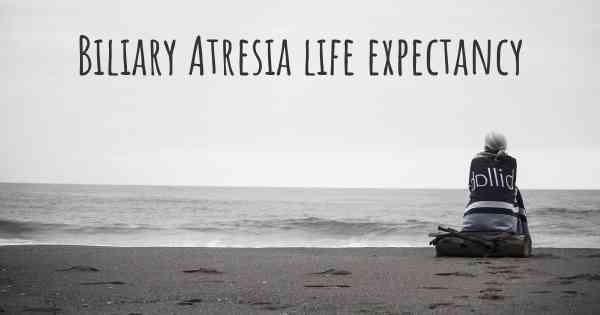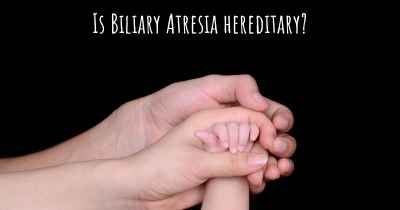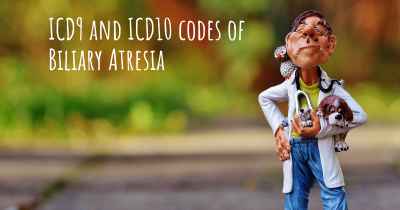What is the life expectancy of someone with Biliary Atresia?
Life expectancy of people with Biliary Atresia and recent progresses and researches in Biliary Atresia

Biliary Atresia is a rare liver disease that affects infants. It occurs when the bile ducts, which carry bile from the liver to the gallbladder, are blocked or absent. Without treatment, it can lead to liver damage and cirrhosis. The life expectancy of someone with Biliary Atresia can vary depending on various factors such as the severity of the condition, age at diagnosis, and timely intervention. Early diagnosis and prompt surgical intervention, such as the Kasai procedure, can significantly improve outcomes. With appropriate medical care, including liver transplantation if necessary, individuals with Biliary Atresia can lead fulfilling lives. It is crucial to consult with healthcare professionals for accurate prognosis and personalized treatment plans.
Biliary atresia is a rare and serious liver disease that affects infants. It is characterized by the absence or underdevelopment of the bile ducts, which are responsible for carrying bile from the liver to the gallbladder and small intestine. Without proper bile flow, the liver becomes damaged over time, leading to cirrhosis and other complications.
The prognosis for individuals with biliary atresia can vary depending on various factors, including the age at which the disease is diagnosed and treated, the overall health of the patient, and the success of surgical interventions. Early detection and prompt medical intervention are crucial for improving outcomes.
Treatment:
The primary treatment for biliary atresia is a surgical procedure called the Kasai procedure or hepatoportoenterostomy. This surgery aims to restore bile flow by creating an alternative pathway for bile drainage. The success of the Kasai procedure greatly influences the long-term prognosis for individuals with biliary atresia.
Prognosis:
While the Kasai procedure can be effective in restoring bile flow, it does not cure biliary atresia. The long-term prognosis for individuals with biliary atresia is highly variable. Some individuals may experience a significant improvement in liver function and quality of life, while others may continue to face ongoing liver complications.
Survival Rates:
Studies have shown that approximately 80% of infants who undergo the Kasai procedure before the age of 60 days will have their bile flow restored to some extent. However, the long-term survival rates can vary. Around 50% of infants who undergo the Kasai procedure will require a liver transplant by the age of 2, and the overall survival rate at 10 years post-surgery is approximately 70%.
Factors Affecting Life Expectancy:
Several factors can influence the life expectancy of individuals with biliary atresia:
- Age at Diagnosis: Early diagnosis and treatment are crucial for better outcomes. Infants diagnosed and treated before 60 days of age have a higher chance of bile flow restoration and improved long-term prognosis.
- Success of Kasai Procedure: The success of the Kasai procedure greatly impacts the long-term prognosis. Infants who achieve good bile flow after the surgery have a better chance of improved liver function and longer survival.
- Liver Transplantation: In cases where the Kasai procedure is not successful or complications arise later in life, liver transplantation may be necessary. Transplantation can significantly improve life expectancy and quality of life for individuals with biliary atresia.
- Complications and Associated Conditions: Biliary atresia can lead to various complications, such as cirrhosis, portal hypertension, and liver failure. The presence and severity of these complications can impact life expectancy.
- Overall Health and Supportive Care: The general health of the individual and the quality of supportive care received play a role in determining life expectancy. Regular medical follow-ups, appropriate nutrition, and management of complications can contribute to better outcomes.
Conclusion:
Biliary atresia is a complex liver disease that requires early diagnosis and prompt treatment. While the Kasai procedure can improve bile flow and liver function in many cases, the long-term prognosis can vary. Some individuals may require a liver transplant, while others may experience ongoing liver complications. Factors such as age at diagnosis, success of surgical interventions, and overall health can influence life expectancy. It is important for individuals with biliary atresia to receive comprehensive medical care and support to optimize their outcomes.
Posted Nov 30, 2017 by Angelina 660








